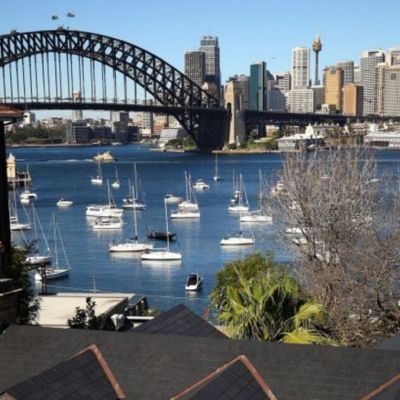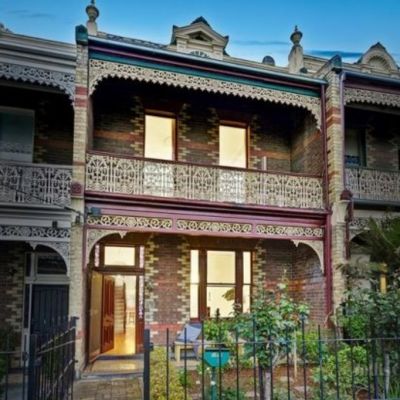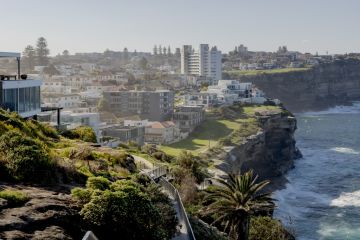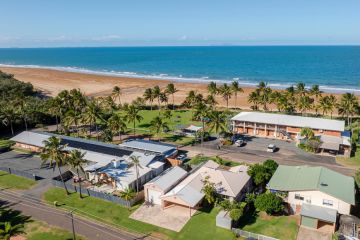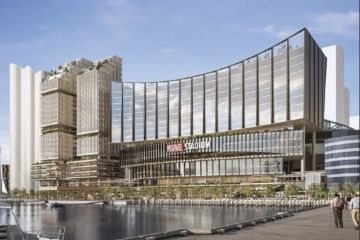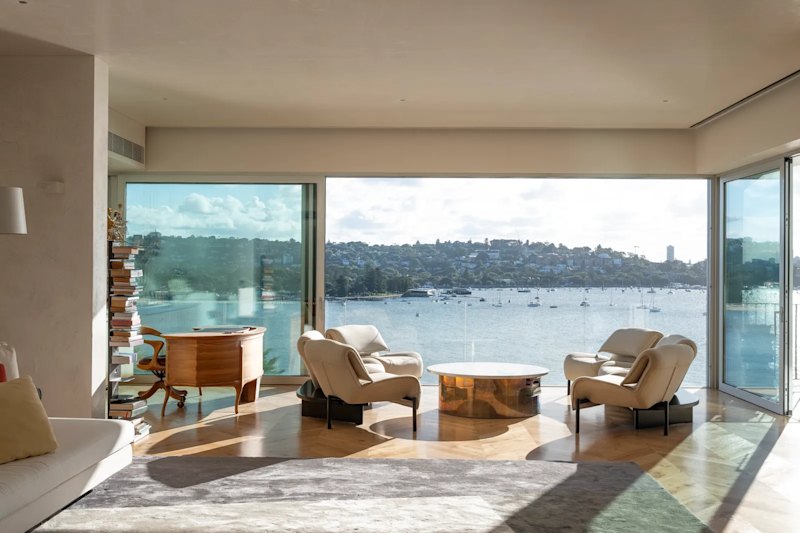An east-west economic divide suggests interest rates aren't going anywhere
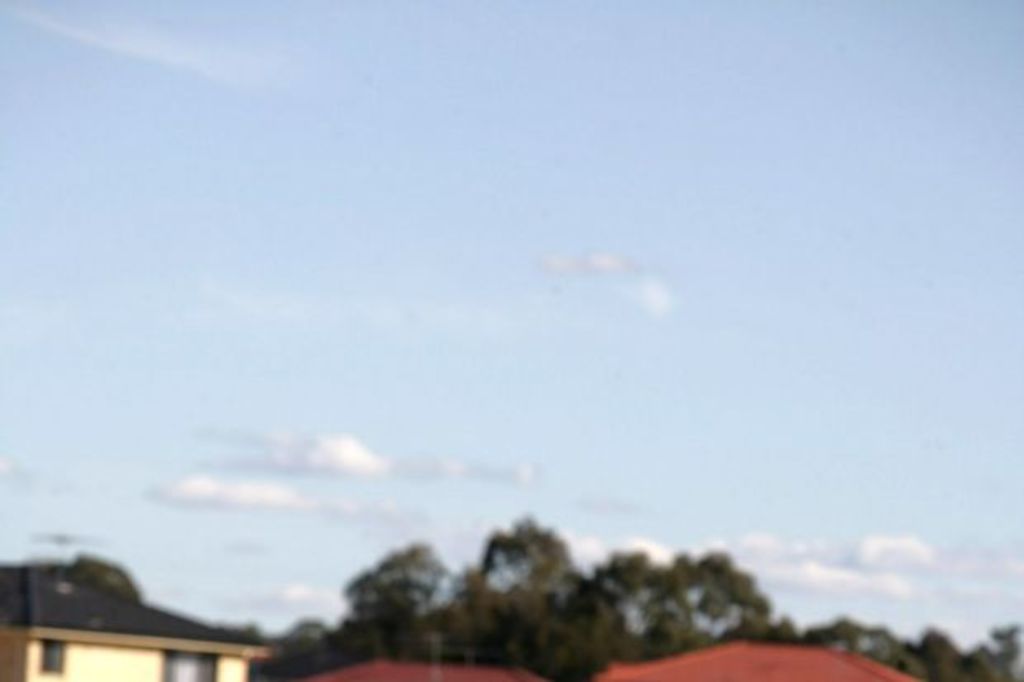
The Reserve Bank of Australia is setting one policy for two very different economies.
In the east, Sydney and Melbourne are seeing booming property prices and spiralling household debt; on the western side of the continent, housing and rental costs in Perth are falling as mining companies retrench. The upshot: interest rates aren’t likely to be going anywhere soon.
Governor Philip Lowe and his board convene Tuesday for their first policy meeting of the year with markets and economists confident there’ll be no change to the 1.5 per cent cash rate — and could well be none for the rest of this year. Further clouding the picture is a renewed run up in the Australian dollar, reflecting a welcome spike in commodity prices.
“The bank has always been very careful about setting interest rates for the average conditions of the national economy,” said Stephen Walters, chief economist at the Australian Institute of Company Directors. “Things are tough over in W.A. and similarly in Queensland. But in places like Sydney, growth is very firm, there’s so much investment going on, unemployment is down and house prices are soaring. I find it hard to make the case for further rate cuts.”
The RBA cut rates twice last year – in May and August – in response to broad-based weak inflation. When Lowe took over as governor in September, he signalled a willingness to tolerate weak consumer prices in order to avoid cutting rates further and increasing risks to financial stability.
Core inflation in the final three months of last year was still below the 2 percent bottom of the central bank’s target, but in line with its own forecasts. That suggests there’ll be little change when the latest estimates are released Friday in the Statement on Monetary Policy. What’s likely to be lower is near-term growth after gross domestic product shrank in the third quarter; it’s expected to have rebounded in the ensuing three months.
Australia’s economy showed a starkly different picture at the turn of the decade: it was Queensland and Western Australia that were the centers of growth. But in the past five years, house prices have climbed 73 per cent in Sydney and 52 per cent in Melbourne, pushing private debt to record levels. In Western Australia, the jobless rate rose 2.5 percentage points to 6.6 percent.
Given the RBA doesn’t want to push the east higher or the west lower, the appeal of doing nothing is clear.
AAA Angst
Standing pat would bring Lowe into line with developed-world peers who appear to have mostly concluded that monetary policy is nearing its limits of effectiveness. From here, governments will need to invest in infrastructure or undertake other growth-driving reforms, some economists are urging.
Such investment in Australia has been hamstrung by a government trying to curb its budget deficit and keep its prized AAA rating. Prime Minister Malcolm Turnbull’s main reform is instead a 10-year plan to lower corporate tax rates to encourage spending and hiring. His concern is that developed-world peers, such as the new U.S. administration, will move to cut their corporate tax and make Australia uncompetitive.
It’s not all gloom. In the past 12 months iron ore and coal prices have unexpectedly rebounded, delivering the economy a record trade surplus. Normally, higher commodity prices would boost hiring, wages and swell government coffers by encouraging investment and lifting tax revenues. Some of that may still happen, but renewed mining expenditure is highly unlikely.
More worryingly for the RBA, the Aussie dollar climbed more than 5 percent in January and has been strong against the currencies of key trade partners like China, Korea and Japan, reducing the economy’s competitiveness. That hampers the transition of the economy from a reliance on mining to services like tourism and education.
There’s one other major swing factor confronting the central bank this year: Donald Trump.
A strong infrastructure program from the new U.S. president could deliver a boost through higher demand for commodities, while a potential trade war with China raises all sorts of risks. Buckle up for a long ride, warns Shane Oliver, head of investment strategy at Sydney-based AMP Capital Investors Ltd.
“His belligerent approach, his team’s inexperience and fears about trade wars and U.S. isolationism could dominate the pro-growth positives,” said Oliver. “Worries about Trump could be with us for a while yet.”
We recommend
We thought you might like
States
Capital Cities
Capital Cities - Rentals
Popular Areas
Allhomes
More
